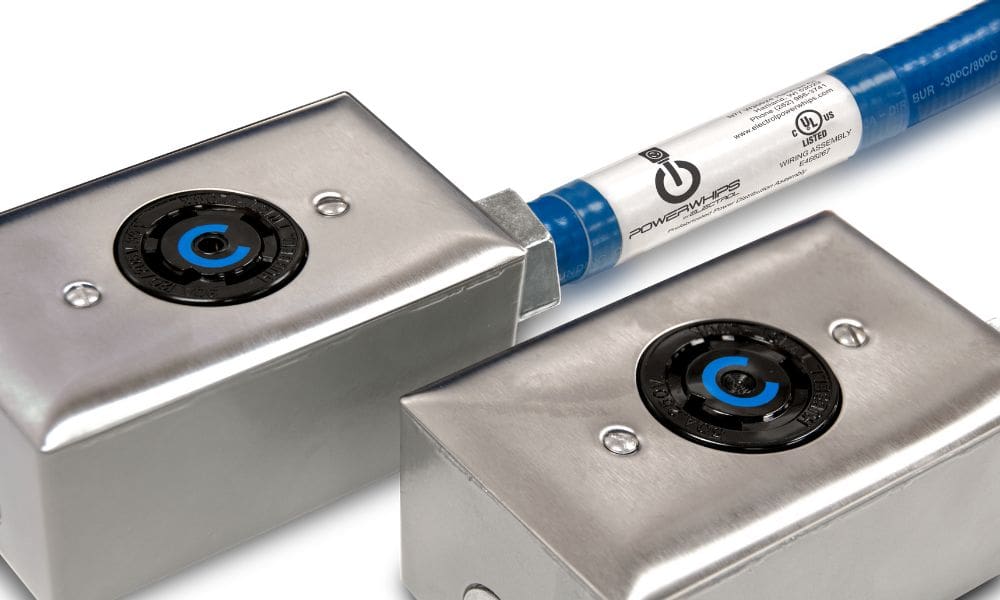
A data center needs a lot of energy to operate. However, common myths surround data center power consumption and may confuse people who are unfamiliar with these facilities. Read more about these myths, and learn ways to ensure your data has power.
Servers Are the Biggest Energy Consumers in Data Centers
Contrary to popular belief, the servers are not a data center’s greatest power consumers. Cooling systems are significant energy drainers.
Power conversion and distribution equipment, like server power cables, create a compound effect to consume power. You can optimize the energy consumption in your data center by addressing the energy use of all devices rather than just the servers.
Data Centers Cannot Be Energy-Efficient
The common belief that data centers consume massive amounts of power leads people to believe they cannot be energy-efficient. On the contrary, you can make your data center “greener” by adopting a new cooling method, such as using outside air or implementing hot and cold aisle containment systems. Another method is server consolidation, utilizing virtualization and cloud computing to reduce the number of servers and the amount of hardware in the facility.
Turning Off Idle Servers Saves Energy
Many people assume that turning off servers not in use saves energy. However, this is not always the case. Frequently turning servers off and on strains the tech, leading to more energy usage. Utilizing server virtualization and consolidating servers reduces energy usage and maintains a healthy IT environment.
Using Renewable Energy Sources Is Good for Data Centers
While it is true that utilizing renewable energy sources reduces the environmental impact of data centers, it is not a viable solution for all facilities. Relying on alternative energy sources, such as sunlight, may not be reliable for data center operations since the weather is often unpredictable and cloudy days lead to less sunlight converted into solar energy.
Utilizing on-site cogeneration is a better solution for some data centers because it reduces greenhouse gas emissions and provides a reliable source of energy. A common example is using the heat created by a generator as a secondary source while electricity is the primary source. Using both puts less strain on the generator and provides more opportunities for energy use on-site.
Data center power consumption requires careful consideration when designing and managing a facility. Understanding these myths about data center power consumption can help you find reliable solutions to ensure your facility has the energy it needs.
